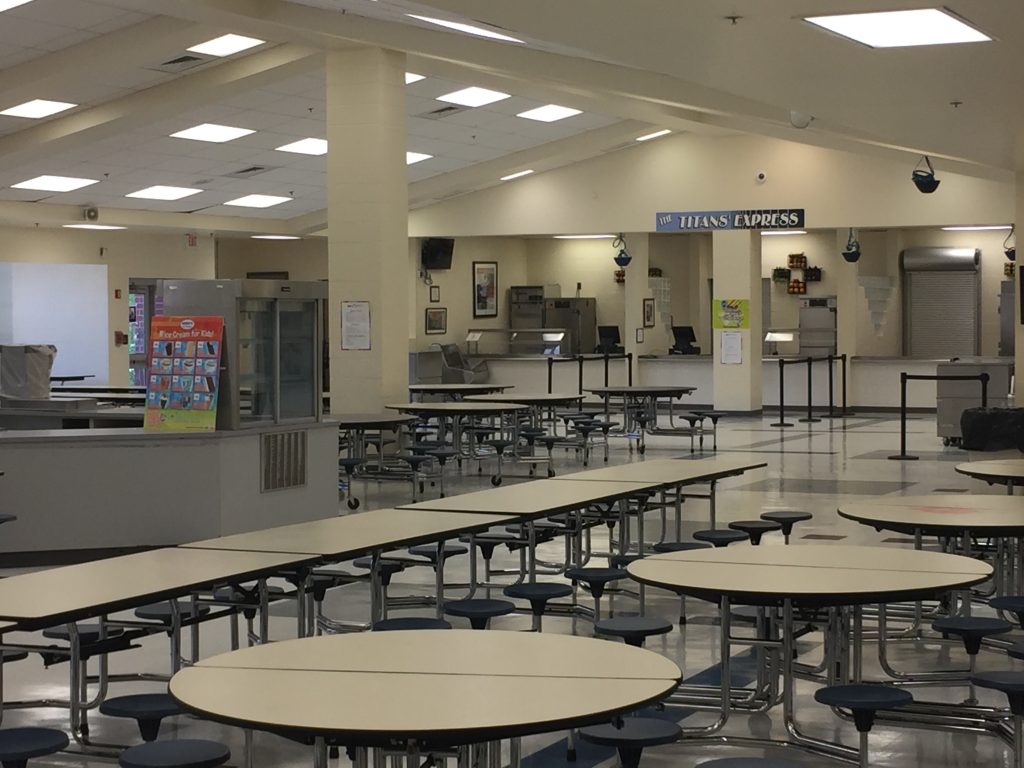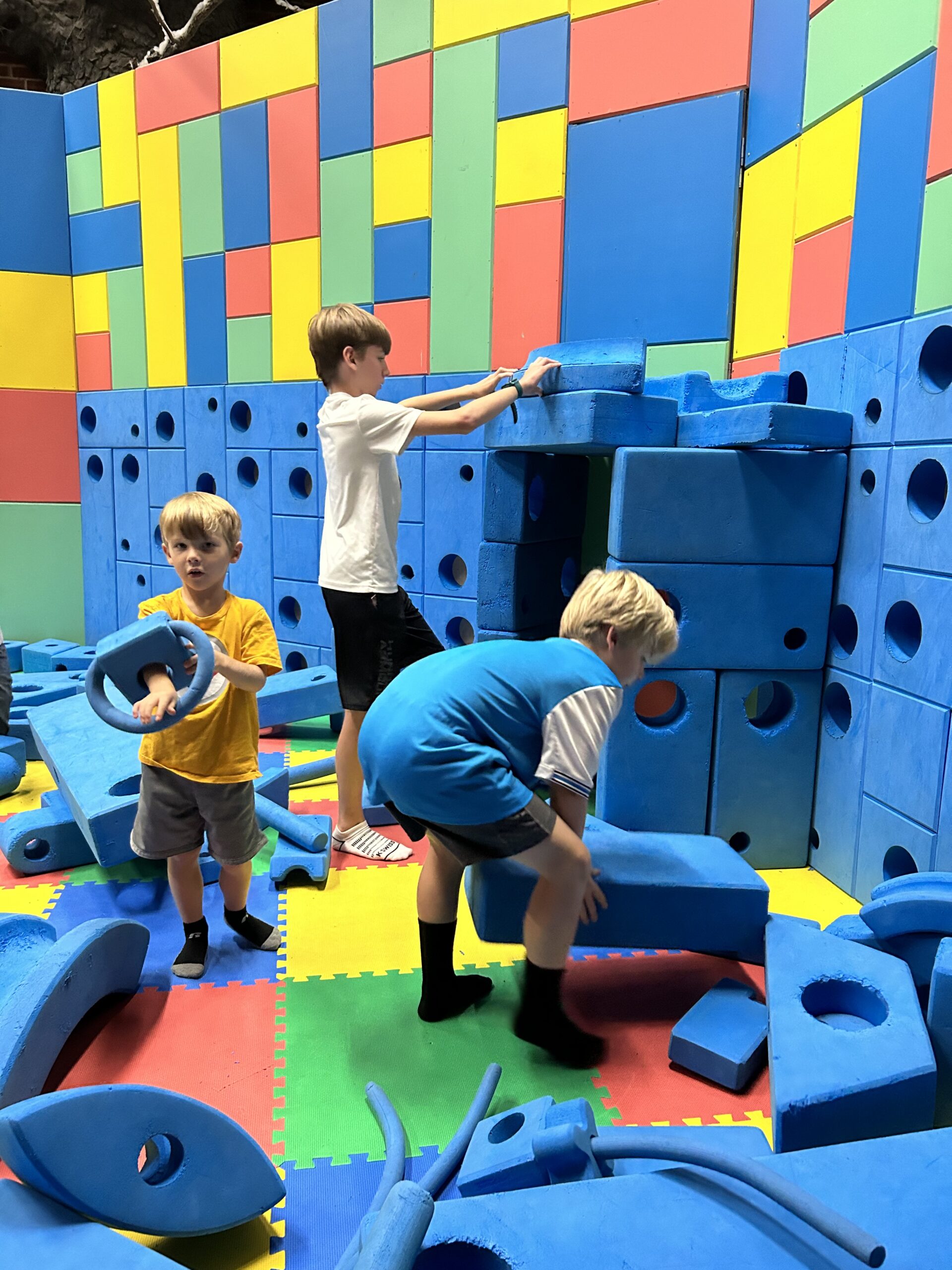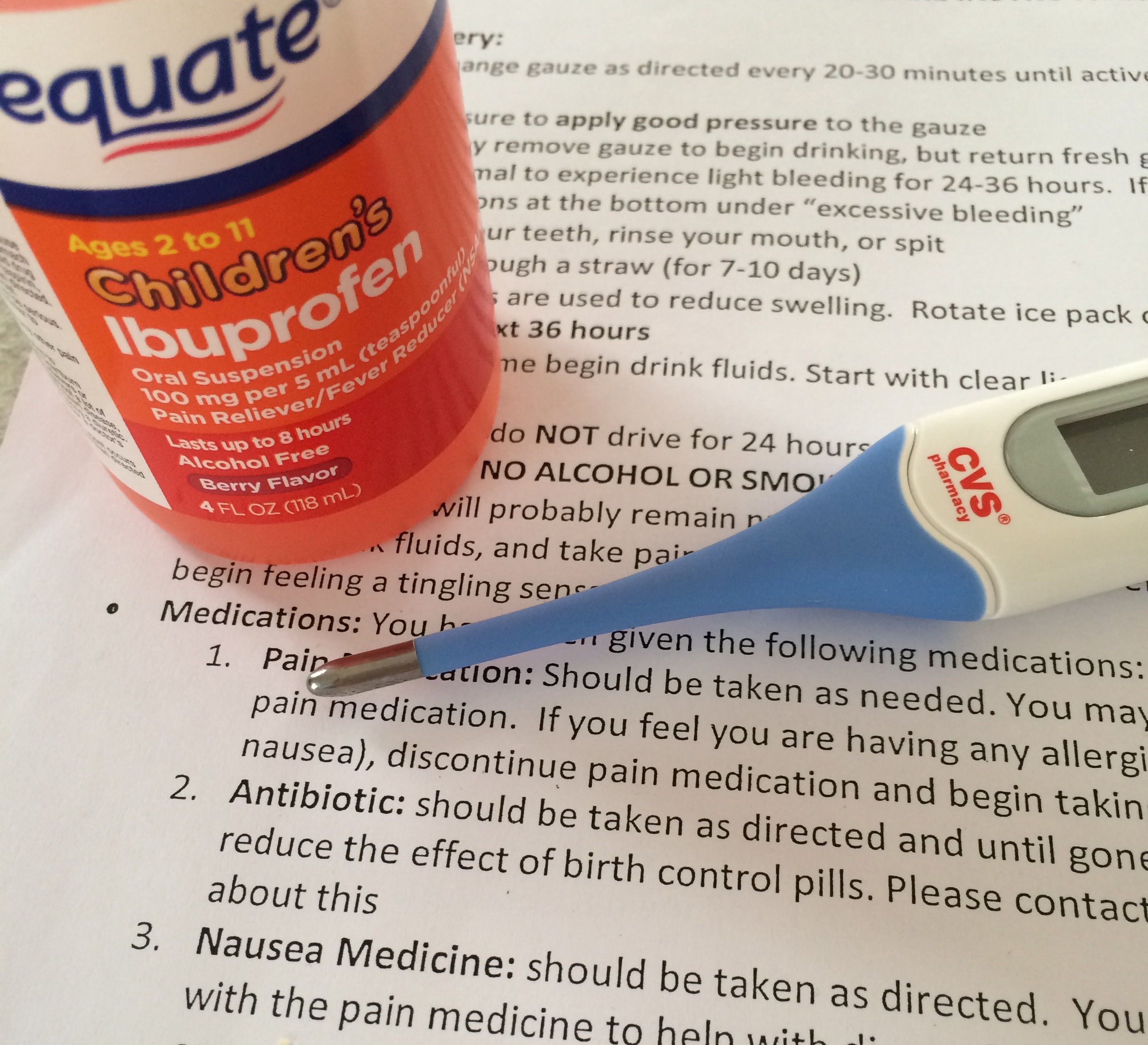Fire drills are a practice that schools still conduct. The practice is done with the hope of students automatically reacting without having to think. However, a well-rehearsed plan may lead to danger. New technology has changed threats in school. Today, the fire alarm doesn’t mean there is a fire.
Fire Drills and Threats
With the threats in schools today, many believe fire drills need to be announced. Alerting educators and students to a drill prevents panic and fear. Also, drills help familiarize students with various routes to exit the building or get to a safe area. Students need to be focused on situational awareness in and around their classroom and building. This enables everyone to make an informed decision in an emergency.
To Announce or Not
The announcement of a drill enables teachers and students to observe information that needs to change. They can complete the drill correctly rather than create bad habits. Announcing the fire drill gives administrators the chance to observe if the students exit safely. Also, it provides a chance to change and improve efficiency.
If not announced, educators can observe the reactions of students and teachers. It will tell how well they react to an emergency. Escaping an emergency is important. The goal is for the drill to practice a real-life situation. Thus, impromptu drills simulate a real emergency evacuation.
Drills and Students with Special Needs
Classrooms with special needs students need not opt out of drills. Students need individual exit plans. Students with special needs have behavioral reactions to emergency drills. Thus, some educators feel the drills are not appropriate for their students.
No matter what, there should not be a drill that traumatizes any student, teacher, or staff member. Regardless, rather than an exclusion of students with disabilities, create individual safety plans that address unique needs.
- If possible, get input from students, teachers, and parents on how to best create a plan suited to a student’s needs.
- Create a special ‘kit’ for students to use.
- Converse with students beforehand on what to expect.
- Visual aids such as hand signs or flags for hearing-impaired students help students to respond appropriately.
- Conduct separate drills for students with special needs before combining them with regular school drills.
Today, schools face many changes with various drills to keep all students safe. Emergency drills need not exclude anyone. The plan and design must involve experts and stakeholders. Thus, no student should be less prepared or less safe than any other student.



